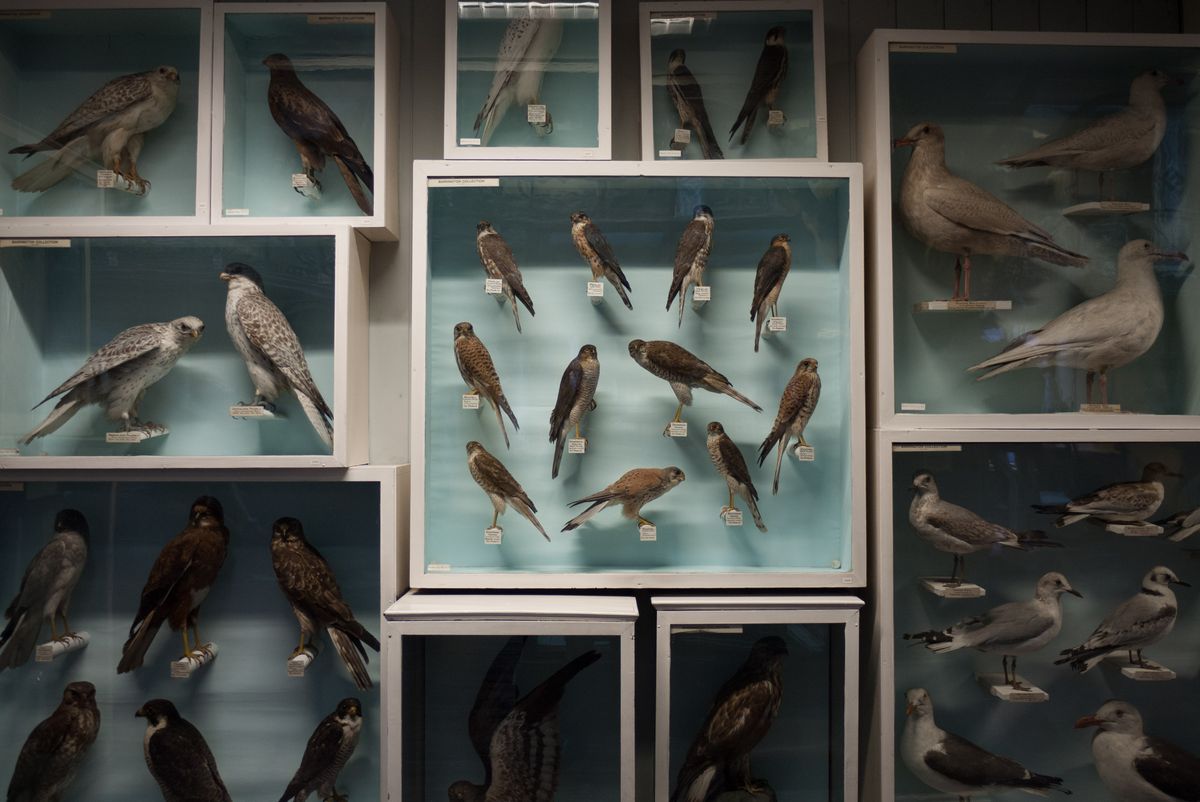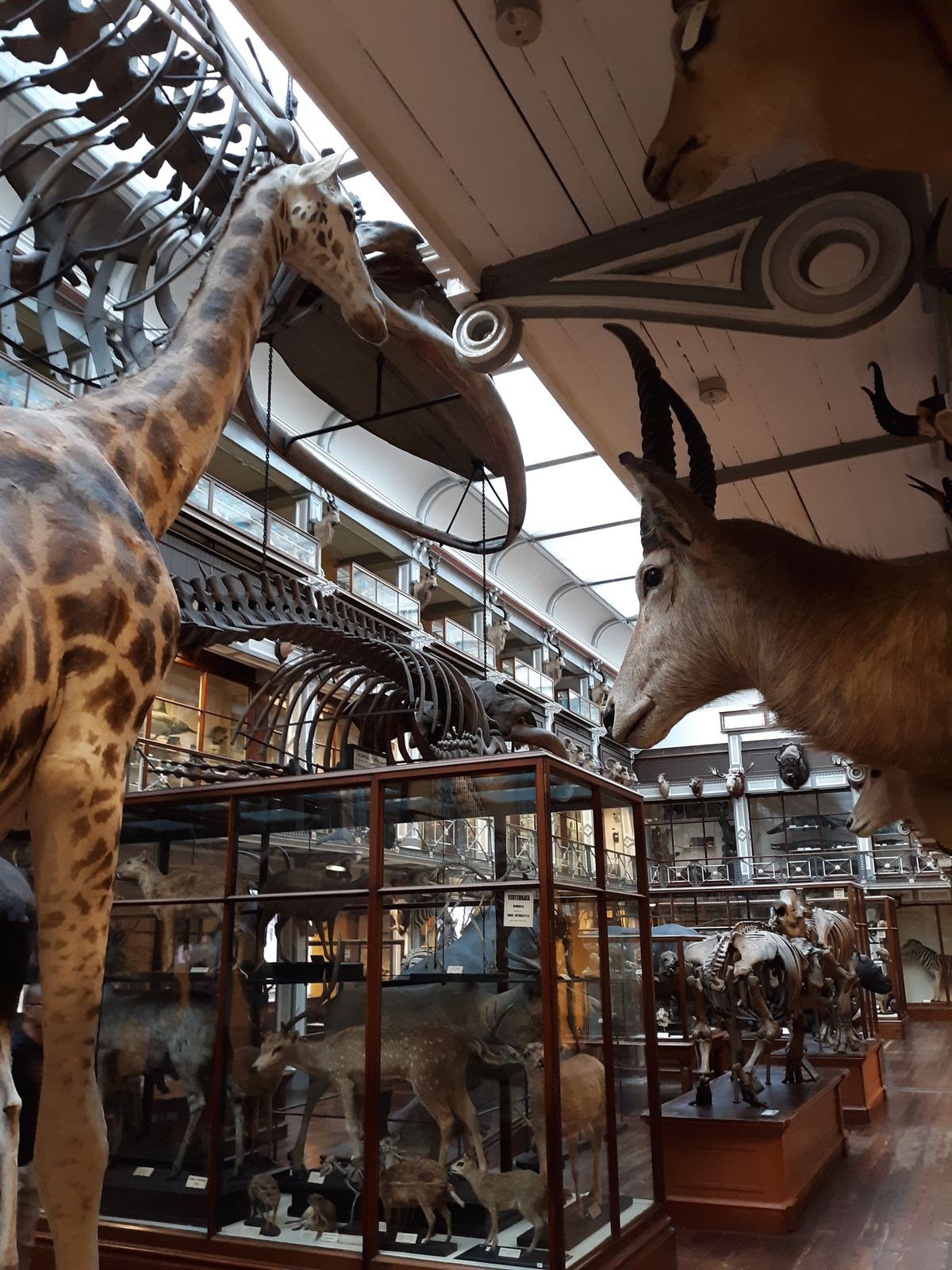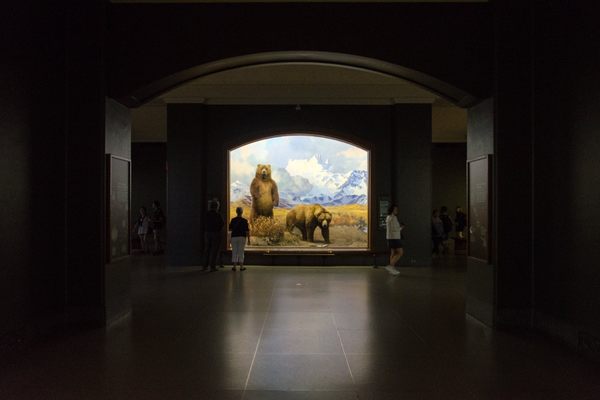About
Since 1857, visitors to the Natural History building of Dublin’s National Museum of Ireland can see not only the animals and minerals of Ireland but, as some say, a museum of a museum. Containing a collection of over 2 million specimens, the museum holds minerals and other geologic items, as well as taxidermy and the skeletons of animals of Ireland and the world, both current and extinct.
The real draw, however, is the way the museum layout and displays have gone seemingly unchanged since Victorian times. Filled with wood-framed glass cases harboring stuffed African game, and situated underneath gigantic whale and shark skeletons suspended from the ceilings, the museum showcases its collection now in the same way it did at the turn of the last century.
Many of the stuffed and mounted or pickled animal specimens are over a century old and some still bear the evidence of the early days of taxidermy and occasionally, even bullet holes.
Among the most notable specimens are a polar bear in which the bullet holes are especially notable, a composite dodo bird skeleton, from the Island nation of Mauritius.
Among the most notable items in the collection are the Blaschka glass animals. Made in Dresden, Germany in the 1870s by father and son glassmakers Leopold and Rudolf Blaschka, the glass is an excellent way of demonstrating to visitors what hard-to-preserve animals like anemones and jellyfish look like, and one of only a few collections—the largest collection of their glass flowers is found at the Harvard natural history museum—of their exquisite and astonishingly realistic work found n the world.
Update October 2024: The museum is closed for refurbishment for an extended period.
Related Tags
Know Before You Go
The upper floors are not wheelchair accessible.
Community Contributors
Added By
Published
July 26, 2010
Updated
October 20, 2024








































